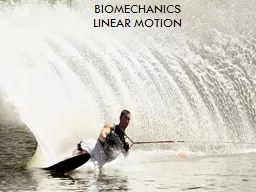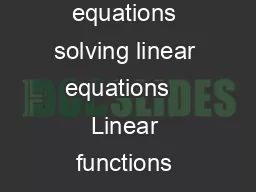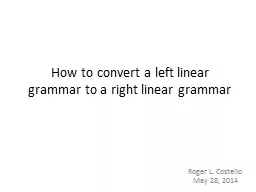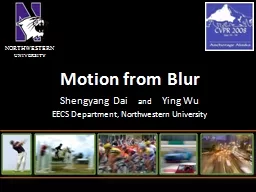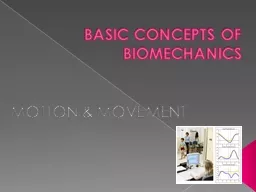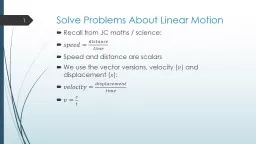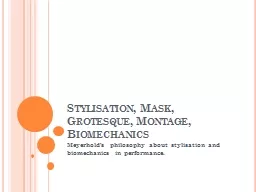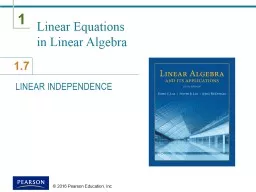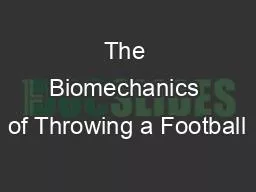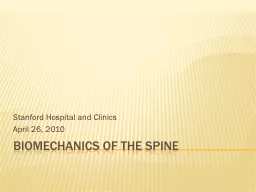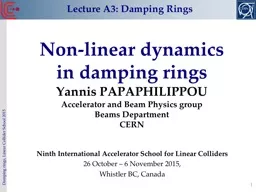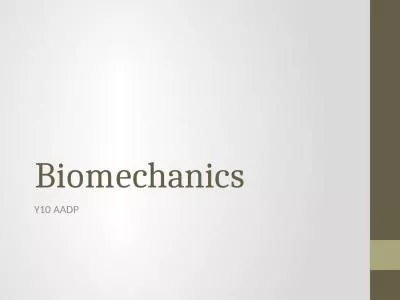PPT-Biomechanics Linear motion
Author : danika-pritchard | Published Date : 2018-03-08
June 2013 June 2013 June 2013 Pure linear motion Linear motion movement of a body in a straight line or curved line where all parts move the same distance in
Presentation Embed Code
Download Presentation
Download Presentation The PPT/PDF document "Biomechanics Linear motion" is the property of its rightful owner. Permission is granted to download and print the materials on this website for personal, non-commercial use only, and to display it on your personal computer provided you do not modify the materials and that you retain all copyright notices contained in the materials. By downloading content from our website, you accept the terms of this agreement.
Biomechanics Linear motion: Transcript
Download Rules Of Document
"Biomechanics Linear motion"The content belongs to its owner. You may download and print it for personal use, without modification, and keep all copyright notices. By downloading, you agree to these terms.
Related Documents

